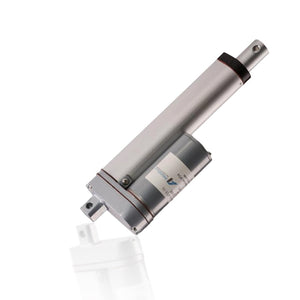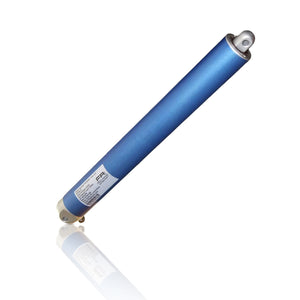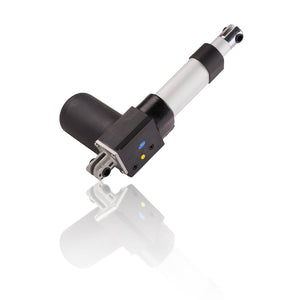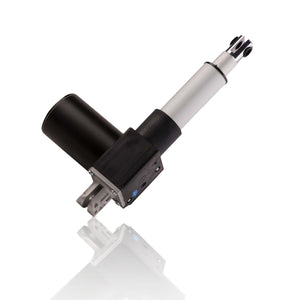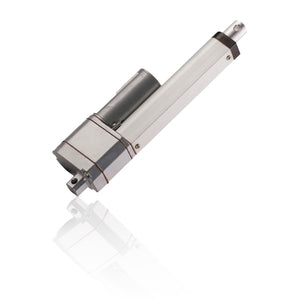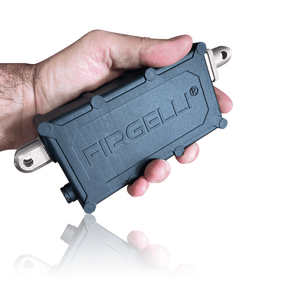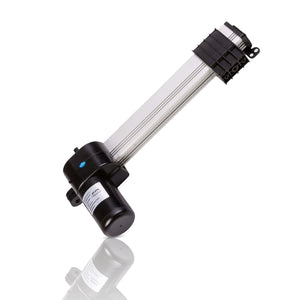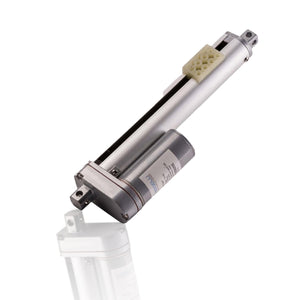Technology is incredible. Everyone walks around with miniature computers in their pockets. You can communicate with people from around the world with the press of a button.
Cars are becoming more efficient and are even driving themselves. Smart homes and in-home security have changed lives for the disabled community. Information of all kinds is more accessible than ever.
So how has this affected the healthcare industry? For many years now, hospitals, nursing homes, and doctor's offices around the world have been upgrading their technology. This includes new equipment that helps both patients and healthcare workers.
Linear actuators are a huge part of these technology upgrades. They're used almost everywhere in healthcare now. They're in hospital beds, wheelchairs, hospital scanning equipment, desk lifts, examination beds, dental chairs, nursing home beds, elderly home cabinet height adjustment, and even window openers.
These upgrades to such aspects of healthcare can seem small. They may even go unnoticed by healthy people who don't need to spend a lot of time in doctors' offices or hospitals. But these inventions have done wonders for everyone, from patients to dentists to surgeons. This guide will tell you everything you need to know about linear actuators and how they could improve your way of life.
So what exactly is a Linear Actuator? Well they are mechanical devices that move an object back and forth in a straight line. This can be vertical, horizontal, and in some cases diagonal.
They're in practically every piece of medical equipment you'll come across in hospitals, doctors' offices, and nursing homes. Some are even installed in private homes for those with special needs. Almost everything used in the medical field benefits from them, from MRI machines to desks.













